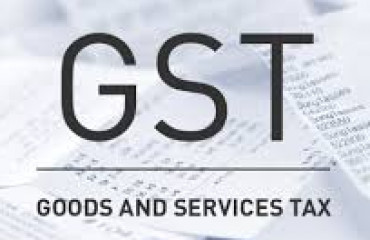
The surge in goods and services tax collections is more due to higher inflation than higher consumption, said India Ratings and Research in a note on Thursday. It said that higher GST collections should not be construed as an indication of a rise in consumption demand.
The surge in goods and services tax collections is more due to higher inflation than higher consumption, said India Ratings and Research in a note on Thursday. It said that higher GST collections should not be construed as an indication of a rise in consumption demand.
In real terms, private final consumption expenditure, a proxy for consumption demand grew 9.9% in the first quarter, compared to the first quarter of 2019-20. But in nominal terms it grew 36% during the same period. "The real and nominal GDP during the same period grew 3.8% and 31.4%, respectively. This clearly suggests the surge in GST collections is more due to the higher inflation than higher consumption," said India Ratings.
It said that with the easing of Covid-19 related restrictions, the consumption demand is indeed expected to normalize, but the 'K-shaped' recovery is not allowing the consumption demand to become broad based. "Thus, while there is visibility in growth of high-ticket consumption goods, items of mass consumption are still suffering. Such a recovery is also not helping wage growth especially of the population that is part of the lower half of the income pyramid," the note said.
It further said that improved compliance, higher nominal gross domestic product due to inflation, and higher imports due to elevated commodity prices have all contributed to the overall gain in the GST collections over the last two years.
It added that the GST collections in the near term will benefit further from the improved compliance on the back of new steps to check tax avoidance that came into effect from 1 January, 2022.
The August GST collections stood at ₹1.44 trillion.
With India being a a net commodity importer with a high dependence on oil, the surge in global commodity prices leads to a higher import bill. "As global commodity prices started hardening October 2020 onwards, the same began to show up in India's import bill in the fourth quarter of 2020-21 onwards. "Concomitantly, Integrated GST (IGST) collection started reflecting it. Barring the first quarter of 2022-23, IGST collection growth has been higher than GST collection growth since the third quarter of 2020-21," it said. It added, that the share of IGST in GST has increased in the recent quarters.
